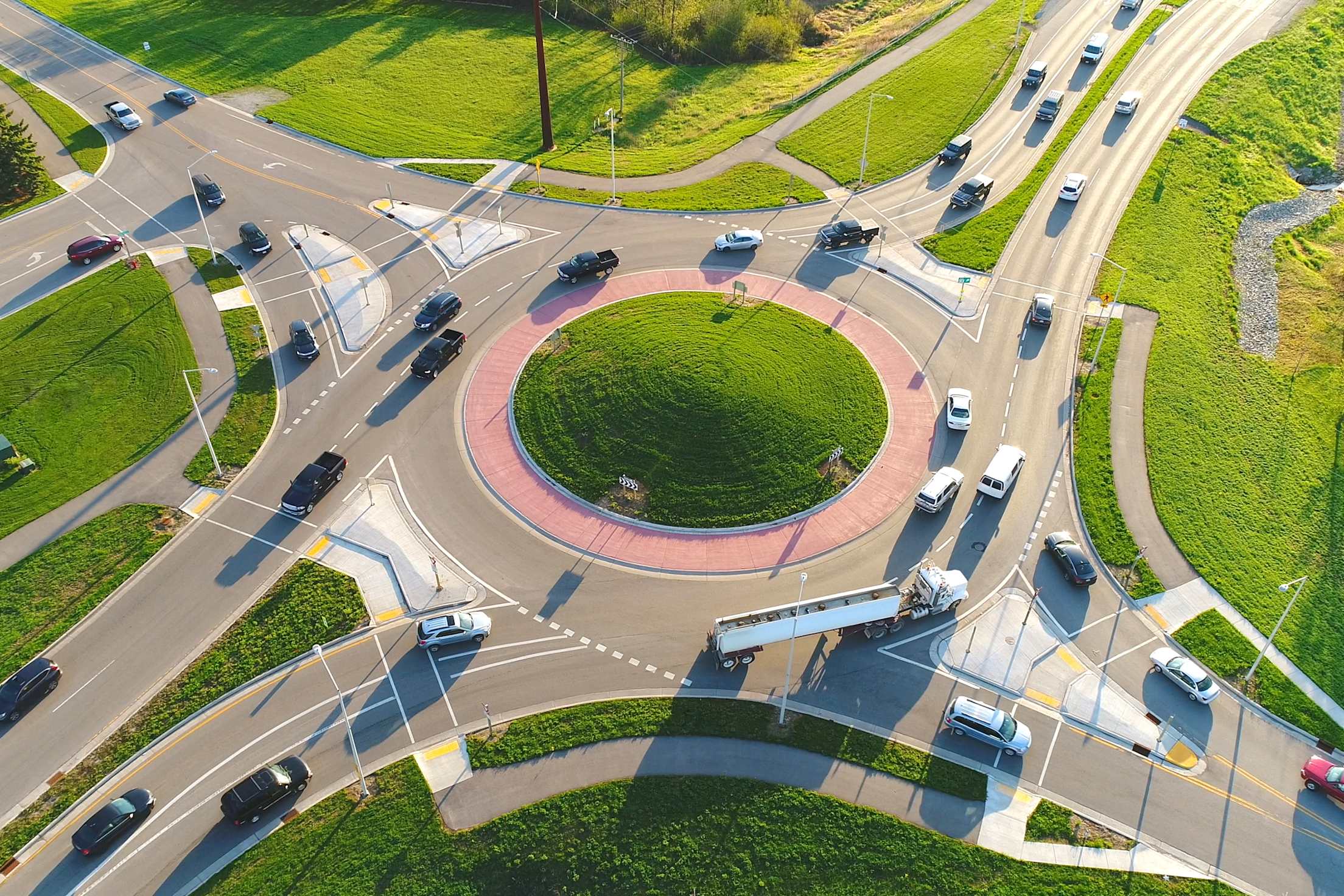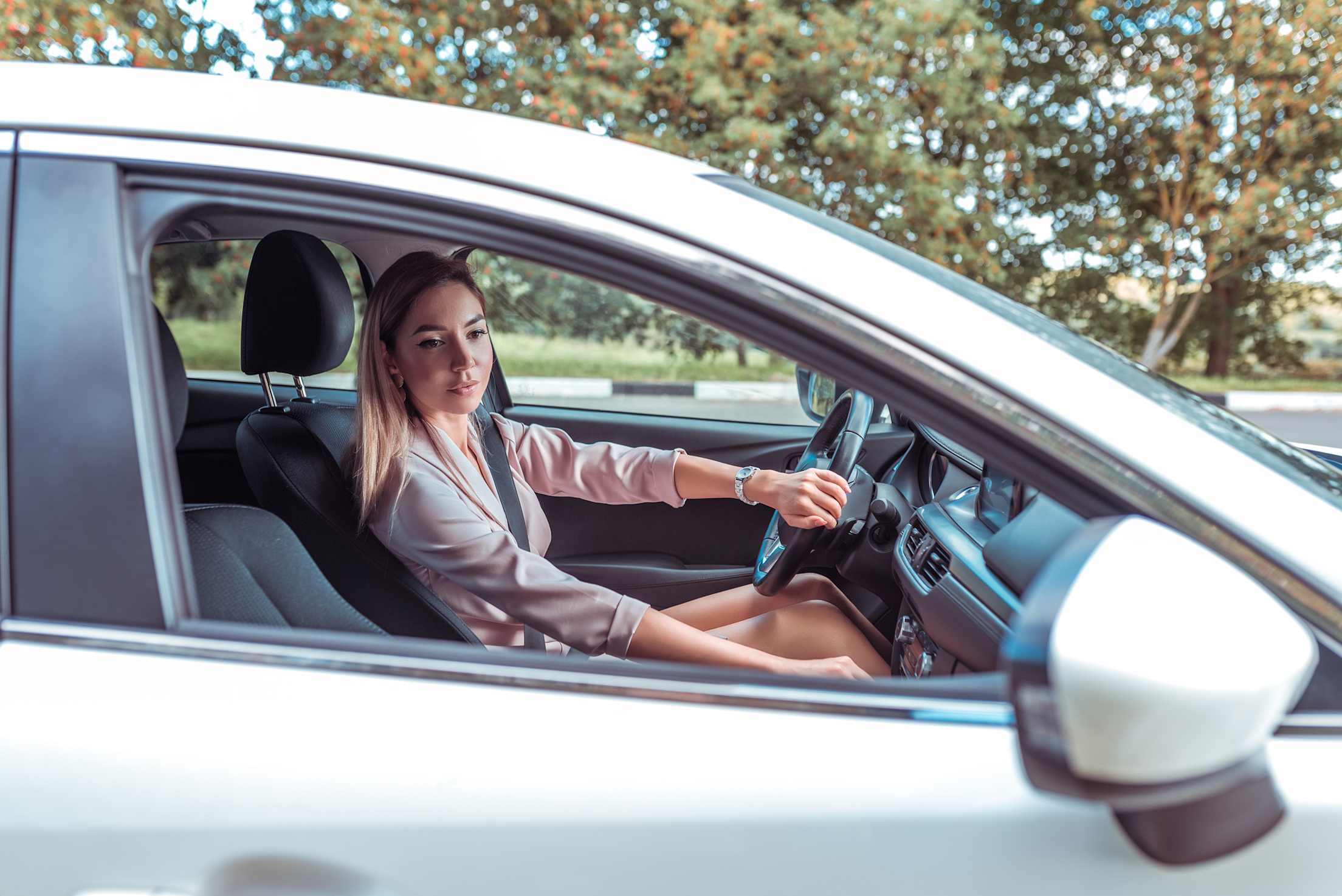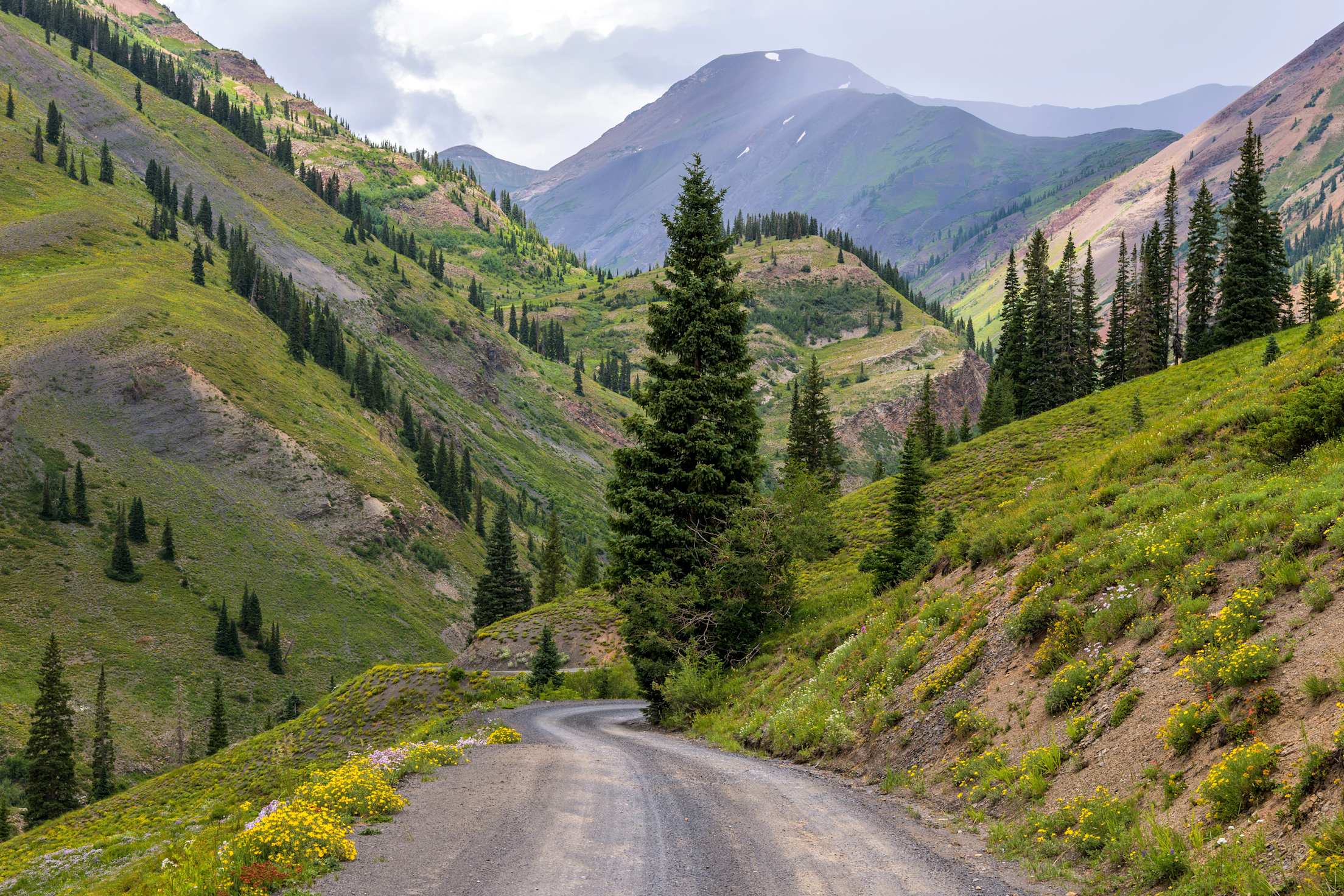
Who Has the Right of Way?
Do you fail to properly yield in these common driving scenarios?

It’s a common driving frustration: You approach a stop sign at the same time as another car or a cyclist, but neither knows who should go first. So instead, you both start rolling and braking at the same time until somebody finally decides to go.
Failing to yield right-of-way is one of the leading causes of crashes and even death on roadways. We reviewed the driving handbooks for Arizona, California, Nevada, and Utah to compile this easy-to-read guide for understanding who has the right of way. Follow these rules to help avoid confusion and stay safe on the road, whether you’re a driver, cyclist, or pedestrian.
When Pedestrians Are Present
A pedestrian is considered a person on foot, a person with a disability using a wheelchair or other mobility tool for transportation, or a person traveling on something other than a vehicle, motorcycle, or bicycle.
As a pedestrian, it’s best to never assume drivers see you. Always look both ways and be sure traffic is stopped before stepping into the street. Use and abide by traffic signals, such as green lights and walking signals, when available.
In almost all cases, vehicles and bicycles must yield to pedestrians. When a person is crossing a roadway in a marked or unmarked crosswalk (a crosswalk, even if unmarked, exists anywhere two streets intersect including streets that form a “T”), motorists and cyclists are obligated to slow their speed or completely stop to allow the pedestrian to safely reach the other side.

Follow signs, and always yield to vehicles in the roundabout or traffic circle when entering.
When Entering Traffic
If you are merging into a lane of traffic or entering a roundabout, yield to all vehicles, cyclists, and pedestrians. Wait for an opening with enough distance between you and the next wave of traffic. When entering a main road from either a private road or driveway, the same rules apply.
At Four-Way Stops
When you reach a four way stop, the first cyclist or motorist to the intersection has the right of way after stopping completely. But when a pedestrian is present, the pedestrian has the right of way, regardless of who got to the four-way stop first.
In the event a vehicle or bicycle reaches the intersection at the same time, the right of way defers to the motorist or cyclist on the right.
When Turning Left
During an unprotected left hand turn, otherwise known as a turn not signaled by a light, yield to oncoming vehicles, bicycles, and pedestrians. Use your blinker and wait in the appropriate lane until through traffic is far enough away that others don’t have to brake for you to complete your turn.

Check your mirrors and blind spots for pedestrians and cyclists before turning right.
When Turning Right
When there is a break in through traffic, always check for pedestrians as well as motorcycles and bicycles riding next to you before turning. This applies when the traffic light is red or green. When the light is yellow or red, come to a complete stop before the limit line, check over your right shoulder, and either wait until it’s clear or proceed.
At Crosswalks and Sidewalks
Crosswalks and sidewalks are parts of the road designated for pedestrians. They are often marked with white lines or even flashing lights, and school crossings may have yellow crosswalk lines. But not all crossing areas are marked. Whether or not lights are flashing or markings exist, scan for pedestrians and be prepared to stop.
Bicyclists on the road must obey the same rules as vehicles unless they are riding on a path or sidewalk, or in a crosswalk. Cyclists must ride slowly and obey rules applicable to pedestrians, while oncoming traffic is obligated to yield to these cyclists as they cross the street.

On steep, narrow roads, the vehicle facing uphill has the right of way.
On Mountain Roads
If two vehicles meet on a steep, narrow road and neither vehicle can pass, the vehicle facing uphill has the right of way. The vehicle facing downhill should back up until the vehicle driving uphill can pass.
When Traffic Lights Malfunction
Traffic can be a disaster when lights malfunction. If you approach an intersection where the traffic lights are not working, treat it like a four-way stop. Yield to any vehicle that was at the intersection first or on your right, unless directed by a traffic controller.
In the Event of Emergency Vehicles
Police cars, fire engines, ambulances, or other emergency vehicles using their sirens and warning devices have the right of way. Other drivers, cyclists, and pedestrians must yield and completely stop on the right side of the road until the emergency vehicle passes.
The same rules apply for funeral processions when there isn’t a traffic controller present.
When emergency vehicles are stopped on the side of the road, motorists must slow down and change lanes, if available, to protect workers and avoid a fine.
Make smart choices, whether you're buying, selling, insuring, maintaining, or repairing a vehicle.